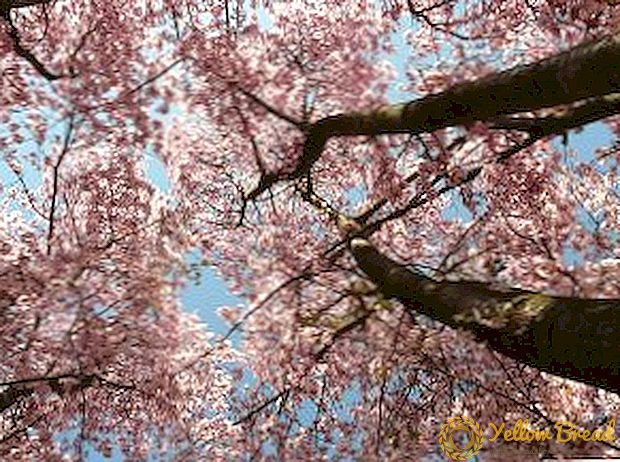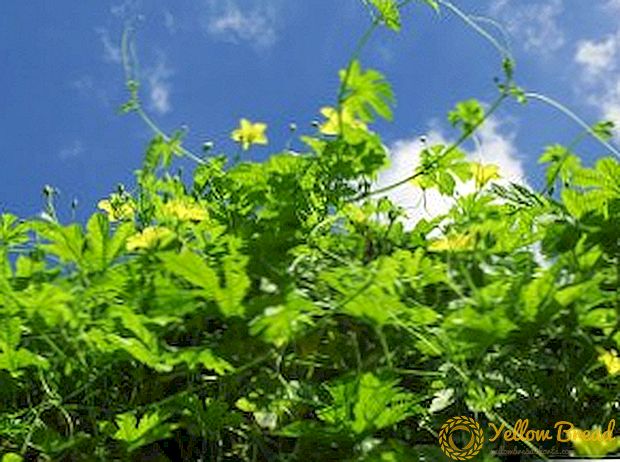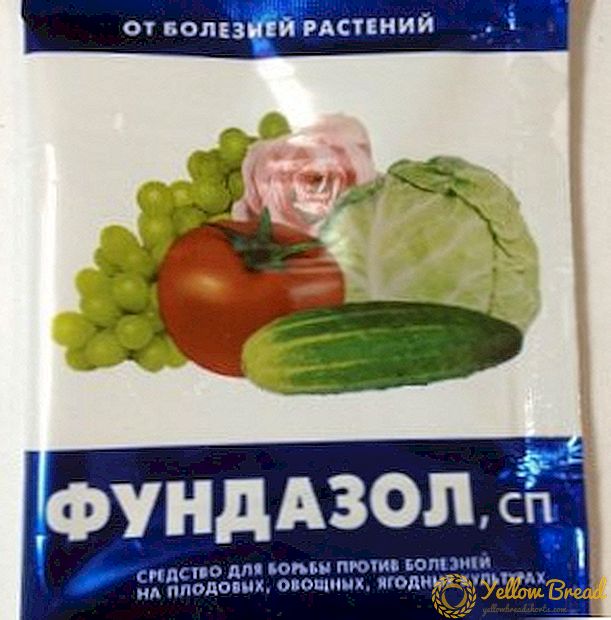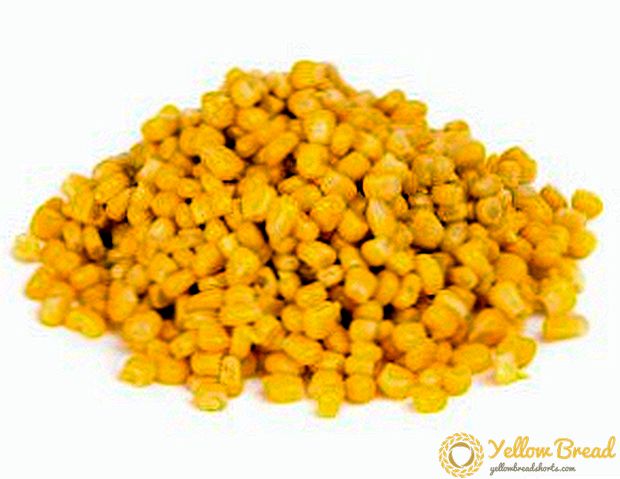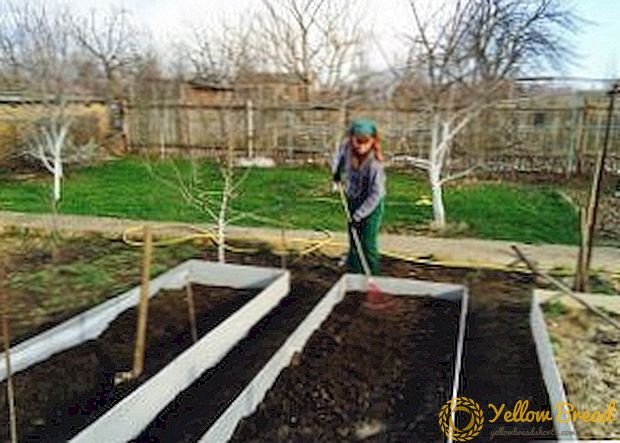 Iron chelate is used to treat plants for diseases such as iron chlorosis, and to intensify photosynthesis in greens growing on poor soil.
Iron chelate is used to treat plants for diseases such as iron chlorosis, and to intensify photosynthesis in greens growing on poor soil.
This article will discuss ways to obtain fertilizer at home, indications for its use and storage conditions.
- Description and chemical composition
- Purpose of means
- Instructions for use
- Foliar top dressing
- Root dressing
- Storage conditions
- Iron chelate do it yourself
- First way
- Second way
Description and chemical composition
Pure iron chelate is an off-orange powder with no perceptible odor and taste. According to the chemical structure, the chelate complex is a bivalent iron atom, which is “packed” in a shell of a ligand of a weak organic acid, often citric acid is used for this. There is no covalent bond between the Fe ++ ion and the ligand, so the chelated iron retains its valence until the ligand disintegrates. The chelate shell protects iron from reactions with other active molecules capable of converting iron to trivalent form.
Purpose of means
Iron chelate has a rather narrow range of application for plants, however, in the event of one of the following situations, one simply cannot do without it:
- Treatment of non-infectious chlorosis (a disease in which the leaves of plants actively turn yellow, due to the violation of the processes of photosynthesis in the leaves).
- Active prevention of chlorosis, mainly in grapes.
- In order to intensify the processes of photosynthesis in flora growing under adverse conditions (lack or excess of sunlight, dry soil, excessive cold or heat).

Instructions for use
Iron chelate according to the instructions for use can be used in two different ways: for foliar and root dressing. The second is recommended to carry out in especially advanced cases of chlorosis, whereas the first is better suited for preventive measures.
Foliar top dressing
Implies spraying the leaves of diseased plants and trees with a spray bottle. It is recommended to carry out 2 sprays with the preventive purpose and 4 for sick plants.
The first treatment takes place immediately after the leaves are unfolded, the next - with an interval of 2-3 weeks. Fruit trees are recommended to be sprayed with a solution with a concentration of 0.8%, berry, vegetable, ornamental, field crops and vineyards - with a 0.4% solution. 
Root dressing
In this case, it is necessary to make a 0.8% working solution, which is then used for irrigation directly under the plant root or into prepared holes of 20-30 cm in depth. Watering should be done in such quantities: 10-20 liters per tree or 1 -2 liters per bush, or 4-5 liters per 100 square meters of vegetables or berries.
Storage conditions
The finished iron chelate powder should be stored out of the reach of children at a temperature of from 0 ° C to 30 ° C. Shelf life is 1.5 years. It is advisable to protect the drug from direct sunlight.
When using it is necessary to adhere to standard security measures.In case of contact with mucous membranes - rinse with plenty of running water and in case of complications, seek medical advice. 
Iron chelate do it yourself
Making a solution of iron chelate at home can cost you much less than buying ready-made powder. Both methods presented below imply the use of ferrous sulfate, which is several times cheaper than the finished product.
First way
For it you will need to stock up in advance of ascorbic acid, which can be easily found in the pharmacy. The only requirement for the latter - it should not contain glucose.
 The resulting mixture is diluted with three liters of boiled water, and after thorough mixing a solution of iron chelate is formed ready for use. The approximate concentration of such a solution will be equal to 0.5%, and it can be safely used for spraying.
The resulting mixture is diluted with three liters of boiled water, and after thorough mixing a solution of iron chelate is formed ready for use. The approximate concentration of such a solution will be equal to 0.5%, and it can be safely used for spraying.Second way
The second method involves the formation of a chelate complex based on citric acid, which is completely difficult to find. To obtain a working solution, it is necessary to add a tablespoon of citric acid and a teaspoon of vitriol to a three-liter jar of boiled water.
 So, if your plants are sick with iron chlorosis or you simply intend to improve the photosynthesis they receive, there is no better way than iron chelate. Cheapness and ease of use of this tool are another good argument in its favor.Take care of your garden, and he will pay you a decent harvest!
So, if your plants are sick with iron chlorosis or you simply intend to improve the photosynthesis they receive, there is no better way than iron chelate. Cheapness and ease of use of this tool are another good argument in its favor.Take care of your garden, and he will pay you a decent harvest!

